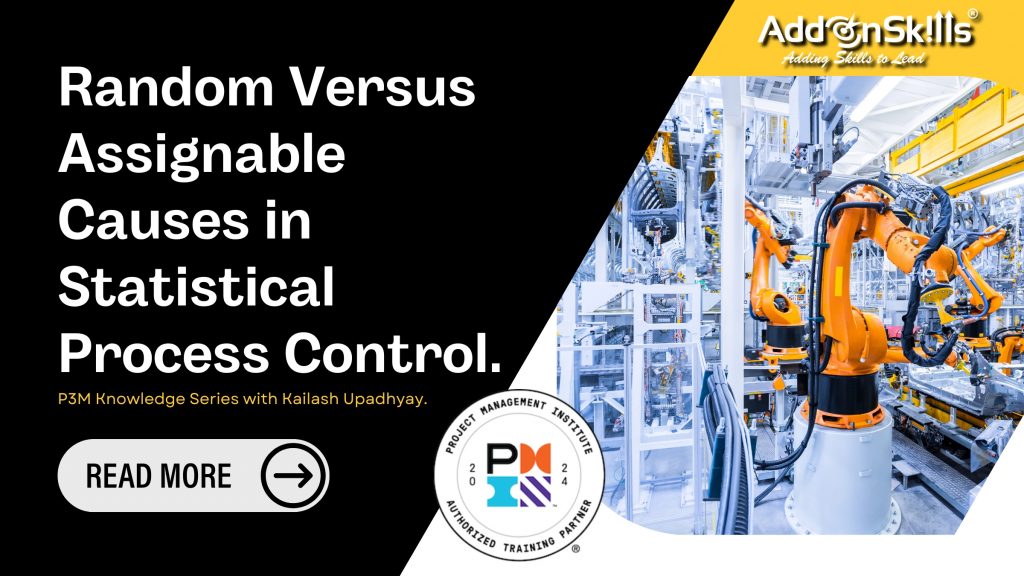Statistical Process Control, or SPC, is a method widely used in manufacturing and other industries to keep processes running smoothly and to ensure products meet quality standards consistently. One of the most important aspects of SPC is understanding the difference between two types of variations that can occur in any process: random (or common) causes and assignable (or special) causes. Grasping these concepts is essential for identifying and solving quality issues effectively.
Random Causes vs. Assignable Causes
Every process experiences some level of variability—no process is perfectly consistent all the time. This variability falls into two main categories:
- Random Causes (Common Causes):
- Assignable Causes (Special Causes):
How Control Charts Help in SPC
Control charts are the main tools used in SPC to tell the difference between random and assignable causes of variation. A control chart has a centerline (representing the average or mean of the process), an upper control limit (UCL), and a lower control limit (LCL). These limits are calculated based on past data and show the range of variation that can be expected from random causes.
- When the Process is in Control: The data points on the control chart will bounce around within the control limits. There’s no particular pattern, which means only random causes are affecting the process.
- When the Process is Out of Control: Data points might fall outside the control limits or show unusual patterns (like trends, cycles, or sudden shifts). This indicates that an assignable cause is affecting the process, and it needs to be investigated and corrected.
Finding Assignable Causes
Identifying assignable causes is crucial for keeping a process stable and ensuring quality. When a control chart shows that the process is out of control, the next step is to dig deeper and find out what’s causing the issue. This can involve:
- Process Audits: Reviewing the entire process to spot any changes or abnormalities.
- Root Cause Analysis: Using tools like fishbone diagrams, Pareto charts, or the “5 Whys” technique to track down the source of the problem.
- Data Analysis: Looking closely at specific data points, machine logs, or production records that match up with the time when the issue was noticed.
Fixing Assignable Causes
Once you’ve identified an assignable cause, it’s important to take action to bring the process back under control. This might mean:
- Equipment Maintenance: Fixing or adjusting machines that are causing the problem.
- Process Adjustments: Changing process settings or procedures to reduce variability.
- Training and Human Factors: Addressing any human errors through additional training or by tweaking procedures.
Preventing Future Problems
After fixing the assignable cause, it’s important to take steps to prevent it from happening again. This might include:
- Enhanced Monitoring: Checking the process more frequently or using more sensitive control charts.
- Process Improvements: Making permanent changes to the process to reduce the chance of similar problems occurring in the future.
- Documentation and Knowledge Sharing: Keeping a record of what happened and how it was fixed, and sharing this information with others to improve overall process control.
Conclusion
In summary, understanding the difference between random and assignable causes in SPC is key to maintaining high-quality standards in any process. While random causes are just part of the normal operation and should be managed within acceptable limits, assignable causes signal that something is wrong and needs to be fixed. By effectively identifying, addressing, and preventing assignable causes, organizations can keep their processes in control, reduce waste, and consistently produce high-quality products.
That's all in this article. Once again, thank you for being part of this weekly newsletter series. I kindly ask for your continued support. Liking, sharing, and subscribing to this newsletter series is a simple yet powerful ways to show your appreciation. By doing so, you not only help me reach a wider audience but also contribute to building a thriving community of knowledge seekers and enthusiasts.
